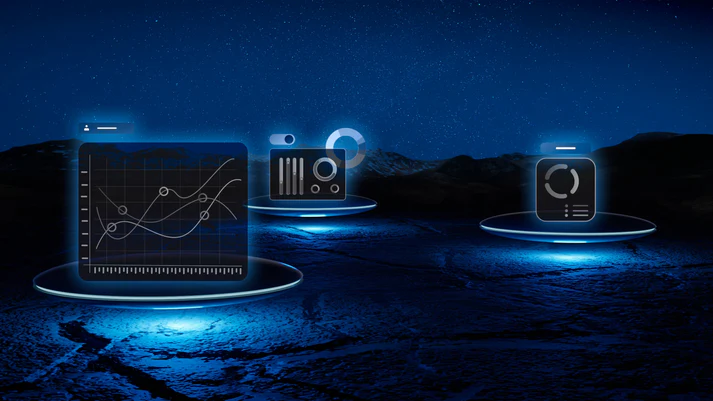Written by – Manish Juneja
Organizations must be pace to pace with the modern digital world to create powerful customer experiences. A third party’s professional integration helps to differentiate and provides real-time solutions to fix this scenario. The gaps can be filled by introducing third-party software; you always have the right tools. On a global level, companies are solving their cyber security concerns with DevSecOps. It provides unimagined value to organizations by adding security, privacy, and other practices to your already adopted DevOps strategies. With DevSecOps, companies continue to operate at higher cyber security.
DevSecOps ensures operations and security and is the sole cause for any security and compliance redressal in an organization. A well-executed DevSecOps environment increases agility, maintains speed, and brings innovation to the system. The organization can stay ahead of attacks of any sort.
The factors leading to the rapid adoption of DevSecOps are the cybersecurity challenges organizations face due to complex digital transformations. Organizations are moving fast towards digitization. Hence by shifting base to DevSecOps, real-time cyber security issues are all resolved simultaneously. Although shifting to DevSecOps seems complex, with the best implementation practices, one can bring forth the strategies in the right direction. Every step In the DevSecOps process contributes to the success of an organization.
6 Best Practices for Successful DevSecOps Implementation :
- Code Analysis: Delivering code in frequent and minor releases makes it easier for enterprises to check gaps and vulnerabilities constantly.
- Change Management: Making the change management process efficient by taking time-to-time inputs from developers at mission-critical security changes, making the changes visible in 24 hours.
- Security Trainee for Engineers: Empowering engineers with security coding, training them, sending them to industry conferences, and investing in certifications help company growth.
- Compliance Monitoring: Making changes and gathering evidence of compliance while starting codes so that the organization can stay in compliance state consistently.
- Threat Investigation: Discovering, remediating, and investigating threats to manage vulnerabilities that appear after you make some changes.
- Vulnerability Management & Assessment: Conducting periodic scans becomes important once the codes are released, and vulnerability checks are done. Reviews and penetration checks follow this.
The DevSecOps execution has gained a lot of momentum globally as it has reduced costs and given security to users. It is an evolution to the already existing DevOps practices and helps increase quality and lowering organizational risks.
What to Read Next?
Cloud Gaming: How Cloud Is Disrupting Mobile Gaming
[Case Study] HOW SQUAREPANDA ENJOYED SIGNIFICANT REDUCTION IN THEIR TIME-TO-MARKET WITH AWS
STAY UP TO DATE WITH OUR NEWSLETTER
Sign-up for our Newsletter to receive insights, research and expert articles on AWS Services, Cloud Migration, DevOps and other technologies.




